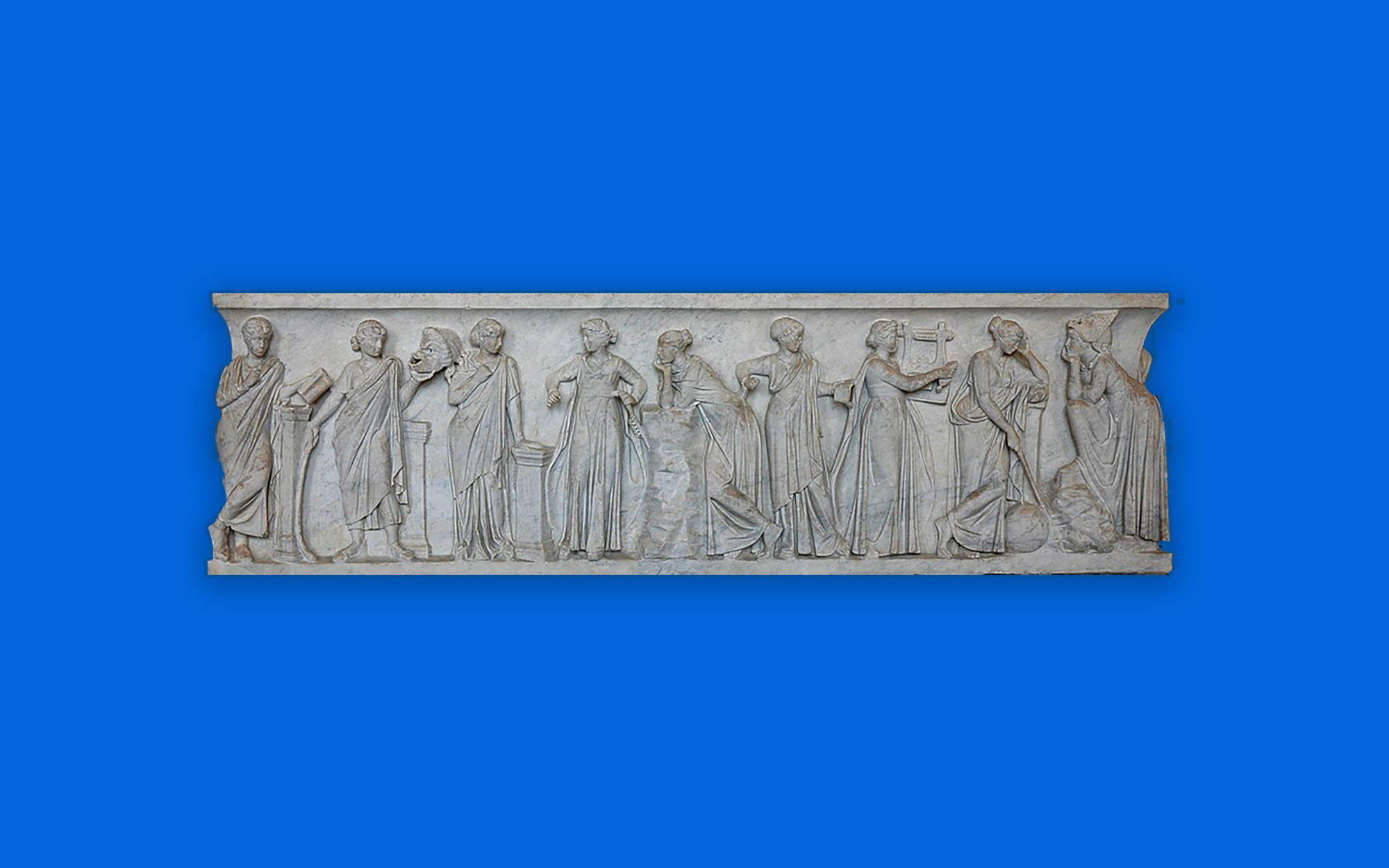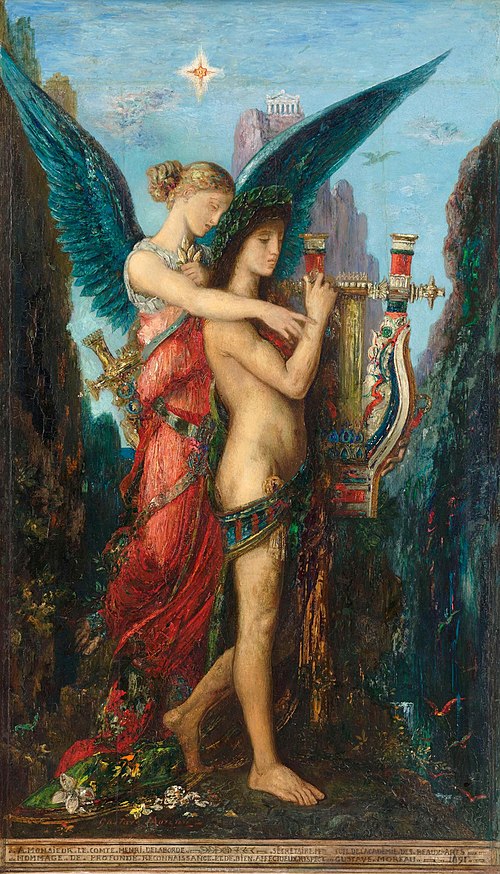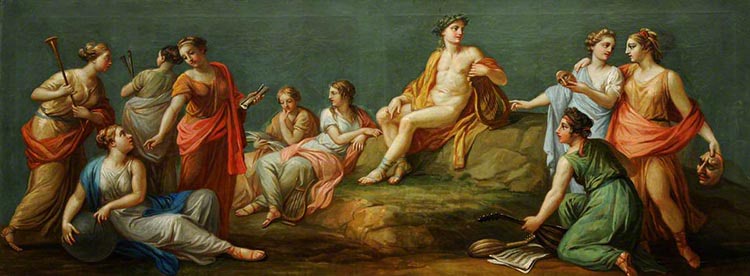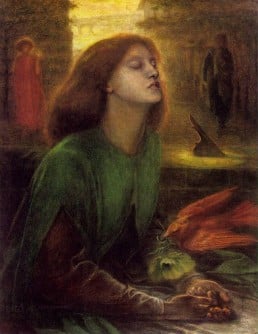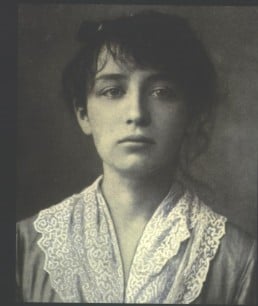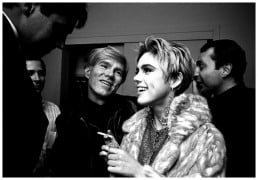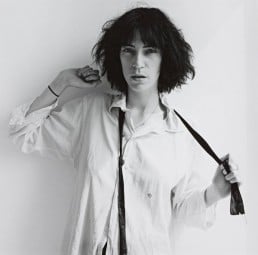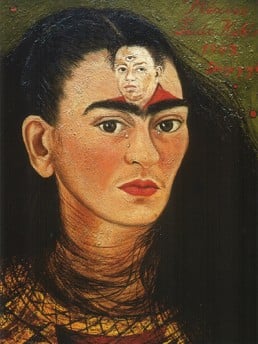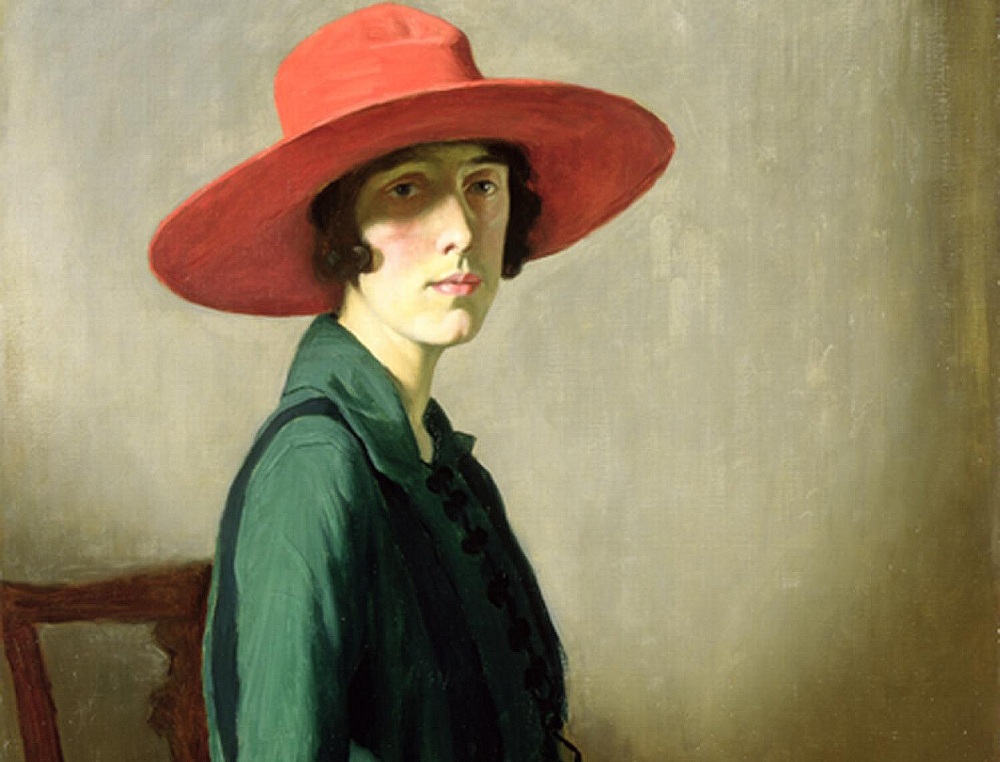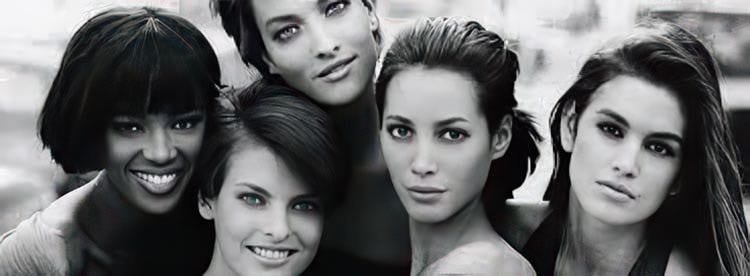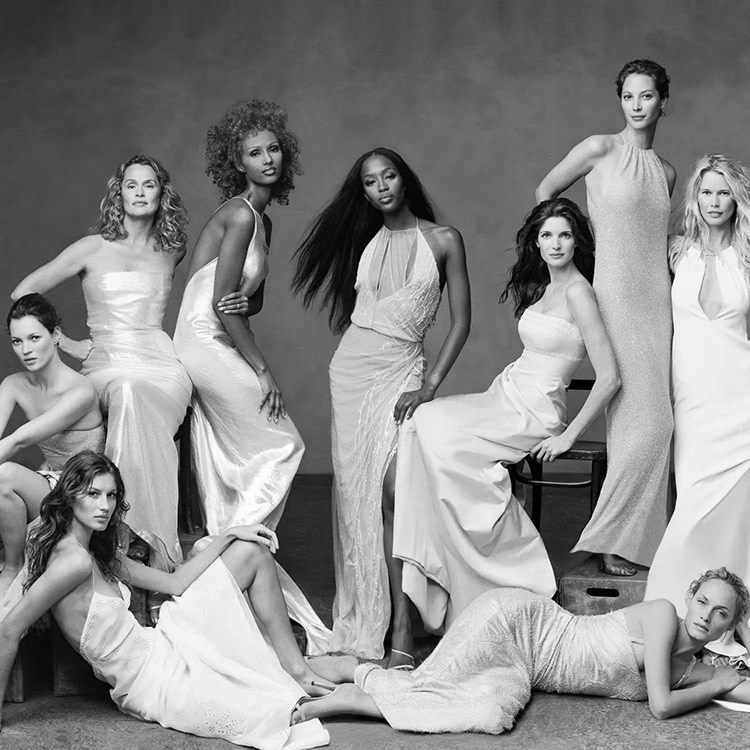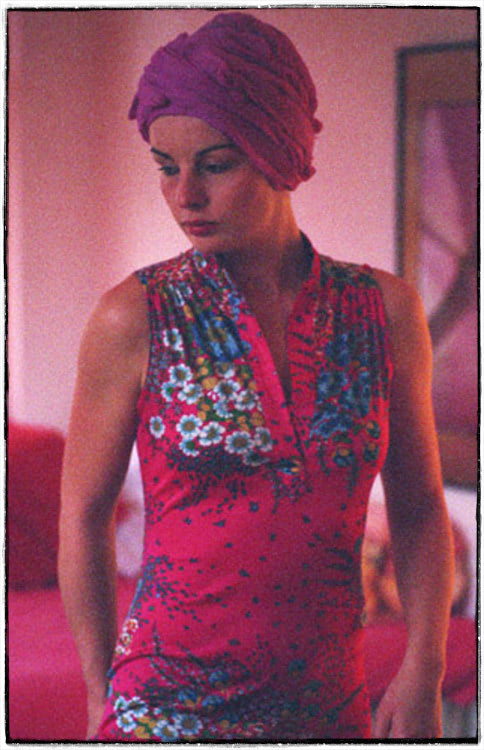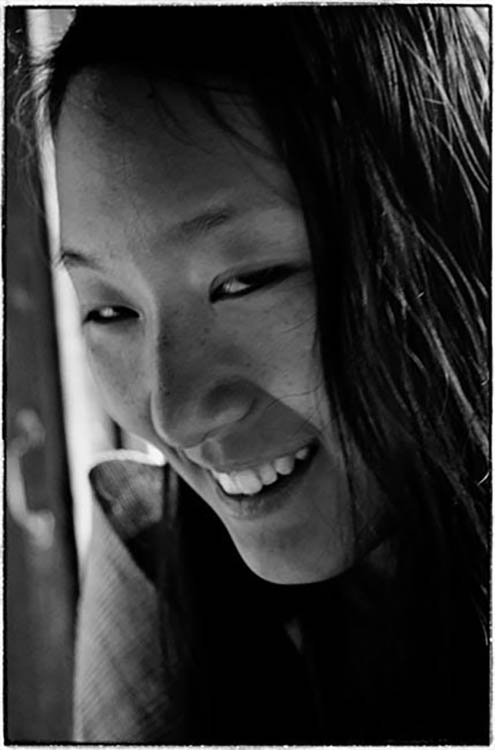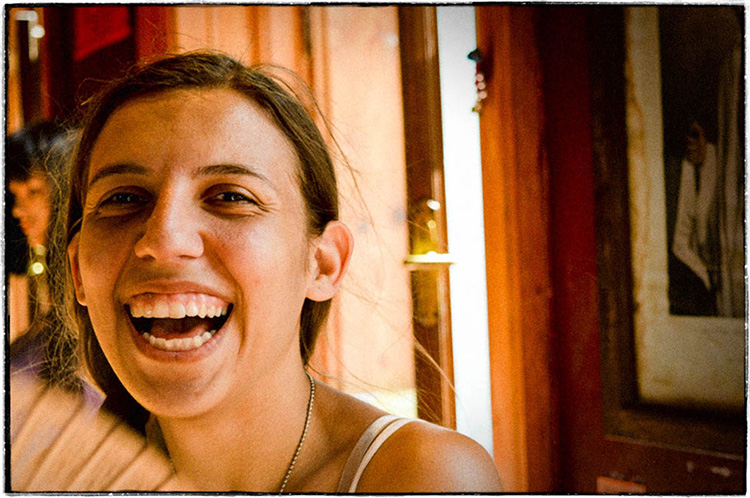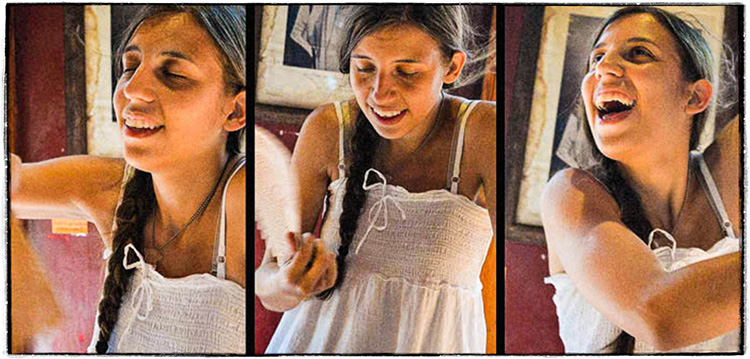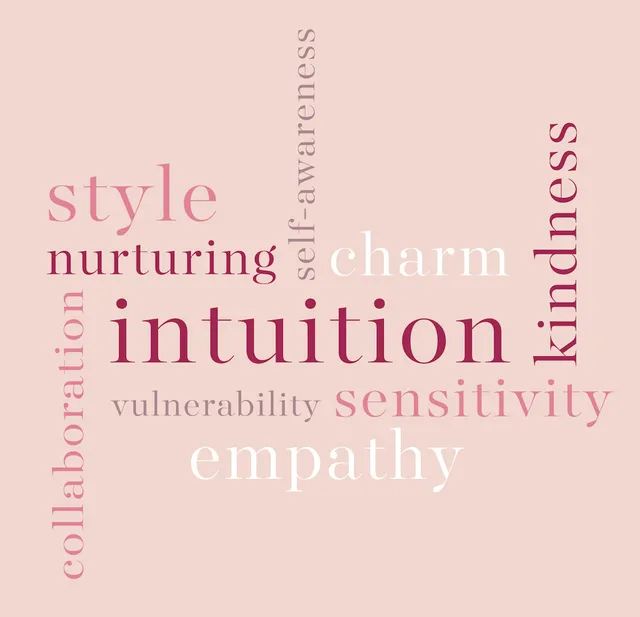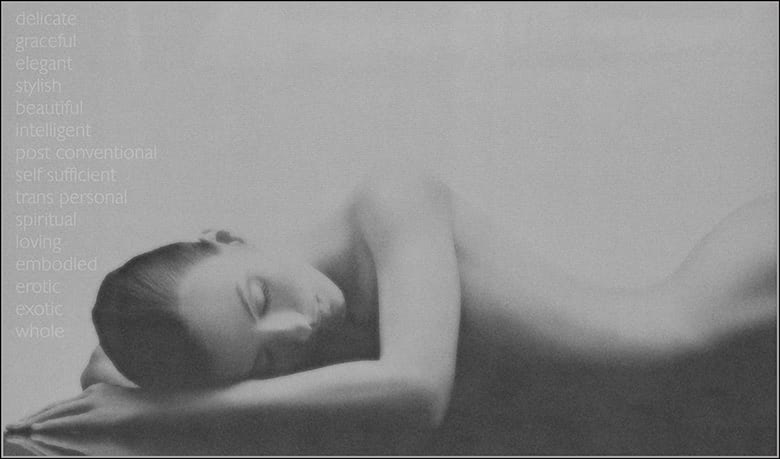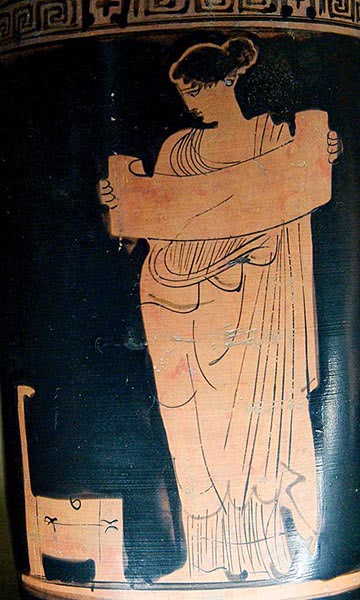
The original 3 muses were daughters of Zeus and Mnemosyne.
They were called Aoide, the goddess of ‘voice’ and or ‘tune’, Melete. goddess of ‘practice’ and ‘meditation’ and Mneme, goddess of ‘memory’.
Latter came a few more sisters ; )
Calliope (epic poetry)
Clio (history)
Polyhymnia (hymn)
Euterpe (flute)
Terpsichore (light verse and dance)
Erato (lyric choral poetry)
Melpomene (tragedy)
Thalia (comedy)
Urania (astronomy, astrology, and space)
And they have been inspiring ever since, mostly to legions of male artists.
Their more than human incarnations in modern times have been the driving Goddess forces behind famous male artists : Elizabeth Siddal, Camille Claudel, Kiki de Montparnasse, Dora Maar, Edie Sedgwick, Patti Smith, Georgia O’Keeffe, Frida Kahlo, Vita Sackville-West, Beatrice Portinari are probably some the most well known ones.
All females and The List goes on and on …
Elizabeth Siddal
Elizabeth “Lizzie” Siddal, an artist herself, inspired many famous artists from the Pre-Raphaelites era, among whom were John Everett Millais and William Holman Hunt. Lizzie posed for Millais’ famous Ophelia, for which she floated in a bathtub full of water during their sessions.
But perhaps the artist most inspired by Lizzie was her husband Dante Gabriel Rossetti. She met Rossetti in 1849, started modeling for him, and soon enough he was mostly painting her, and stopped her from modeling for other Pre-Raphaelites. A year after her death, in 1863, Rossetti painted Lizzie as a praying Beatrice in Beata Beatrix.
Dante Gabriel Rossetti, Beata Beatrix, 1863
Camille Claudel
Another artist’s muse who was also a famous artist herself, Camille Claudel was an extremely talented sculptor. She was also Auguste Rodin’s assistant, lover, and muse, and he in turn inspired many of her sculptures. Their love affair was tumultuous, with Claudel being extremely independent but also deeply hurt that Rodin would not leave his long-term partner, Rose Beuret, for her. She spent the last 30 years in a mental institution, and tragically destroyed most of her phenomenal work. According to experts, Claudel was an important influence on Rodin’s artistic growth and experimentation, and the change in his work after he met her is undeniable.
Camille Claudel in 1884
Emilie Louise Flöge
One of the most prominent members of the Vienna Art Nouveau Gustav Klimt and Emilie Flöge were life-long partners until Klimt’s death. She was a fashion designer who was widely misunderstood because she was far ahead of her time; Klimt, however, understood her work like no other. Flöge often appears in his art, as do her groundbreaking designs (these are the iconic dresses we know so well from Klimt’s paintings). It is speculated that Flöge and Klimt are the ones portrayed in his most famous work of art, The Kiss. Though it is unclear whether they were also lovers, or simply best friends and companions, their deep connection speaks for itself and contributed to the work of the famous artist.
Gustav Klimt, Detail of Portrait of Emilie Louise Flöge, 1902
Kiki de Montparnasse
Kiki de Montparnasse was a cabaret singer, memoirist, and painter, but is best known for being the model and muse to many famous artists of Surrealism from the 1920’s. Man Ray in particular was immensely inspired by her, and they were lovers and companions for most of the ‘20s, during which period he created countless works inspired by and featuring Kiki. His most famous works of her are Le Violin d’Ingres and Noire et Blanche.
Man Ray, Le Violon d’Ingres, 1924
Dora Maar
Throughout the ‘30s and ‘40s, Dora Maar was the lover and creative muse of Pablo Picasso, one of the world’s most famous artists. Maar was a photographer, and inspired many of Picasso’s famous cubist paintings, among which are Weeping Woman, Portrait of Dora Maar, and Woman Dressing Her Hair. She was also the only person who was allowed to capture the various stages of Guernica while Picasso was working on it. When their relationship became strained, and Picasso met a younger woman, Maar suffered a nervous breakdown and spent time in a psychiatric hospital. Following her relationship with the famous artist, Maar turned to Roman Catholicism, saying: “After Picasso, only God.”
Pablo Picasso, Weeping Woman, 1937
Edie Sedgwick
“Poor little rich girl” Edie Sedgwick was a socialite who moved to New York to pursue modeling. She was soon introduced to Pop Art artist Andy Warhol and his Factory, and Warhol became enchanted with her iconic style and her vibrant personality. Warhol had her star in several of his screen tests and films, including Beauty No.2, Ciao! Manhattan, and Poor Little Rich Girl. Their close codependent relationship ended badly, with Warhol pushing her out of her circles, and Sedgwick getting more and more lost in drug abuse, finally overdosing at the age of 28.
Andy Warhol and Edie Sedgwick c. 1965
Patti Smith
Singer-songwriter Patti Smith and photographer Robert Mapplethorpe, himself a famous artist, met in New York in the 1960’s. They became roommates, lovers, superstars, and each other’s muses. Smith features in several of Mapplethorpe’s famous photographs, and recently wrote a memoir documenting her fascinating relationship with Mapplethorpe.
Robert Mapplethorpe, Patti Smith, 1975
Georgia O’Keeffe
The painter Georgia O’Keeffe was discovered by the then already famous photographer Alfred Stieglitz. The two met in 1916, and Stieglitz became her mentor and guide, exhibiting her work in his gallery. A few years later, O’Keeffe moved to New York, and the two artists got married in 1924. Though O’Keeffe is known today as one of the most important American artists/painters of her time, she also had a significant influence on Stieglitz’s art. As his muse, he photographed her over the course of 20 years, producing over 300 pictures of her.
Alfred Stieglitz, Georgia O’Keeffe, 1929
Frida Kahlo & Diego Rivera
Frida Kahlo and Diego Rivera are arguably among the most fascinating and inspiring artist couples ever. Both extremely talented and successful, the two artists had a passionate and deeply complex relationship. Throughout their careers and relationship, they profoundly impacted each other’s work, serving as each other’s muses. They were often the subject of each other’s work, like in the below painting Diego and I, from 1949.
Frida Kahlo, Diego and I, 1949
Vita Sackville-West
The famous writer Virginia Woolf and Sackville-West met in 1922 and quickly fell in love. Their romantic affair lasted seven years, but the two remained very close until Woolf’s death in 1941. This is a case of mutual muse-dom, which is objectively the best kind, though of course Woolf’s writing is much more well-read now than Sackville-West’s—and in at least one novel, much more directly bonded to the muse in question.
Lady with the Red Hat, W. Strang, 1918
Beatrice Portinari 1265 – 1290
The most famous literary muse of all time might be Dante’s Beatrice, the Florentine woman whom Dante loved since the age of nine, when he met her – only eight herself. Though the two met only once after that, she figured heavily in his work, and is the subject of La Vita Nuova, a collection of poems about his courtly but passionate love for her, which he published five years after her early death. She also appears in the Divine Comedy to guide him through Heaven.
Dante and Beatrice by Henry Holiday 1882
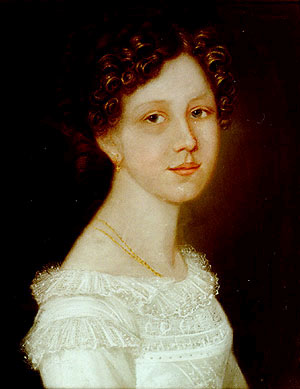
He wanted to marry her but she declined.
Shocking!
What was he thinking, this old goat (aka poet 😉)!
Nevertheless, she inspired his poem “Marienbad Elegy” which he considered one of his finest works.
And then, a little while later came some more incarnated goddesses.
Naomi, Linda, Cindy, Christy, Claudia, Kate, aka The Supermodels of the 1980s. They are household names by now.
The cameras loved them, some photographers too i guess.
I am happy to say
Grace sent some of them my way
muses for my camera
muses for my soul
thank you
Grace
Gracias
Muse
So yes, I know what a beautiful female can bring to the creative process, to the fire, passion, motivation and inspiration that is needed to manifest something beautiful and soul-full in any medium.
And for me at least, the feminine quality of a Gestalt, a form has a lot to do with it. Beauty is subjective of course and it is very much in the eye of the beholder.
More often than not its the female form and gracefulness that animates me in the most direct way.
At the same time Nature in its myriad forms often has a similar effect on me, an inspiration that instantaneously speaks to my soul and seeks expression in me.
My fine art photography is proof of that, if I ever would need to proof that in a court of law 🤣. Some people would maybe want to call me sexist cause its always and again portraits of beautiful women and nudes and still life pictures of sea shells, lotos flowers and more such wonders of form and grace.
I guess those forces have been called Eros and Shakti and yin and many other names and i am sure Freud and Jung would have a lot to say about that.
I am not intending to do psycho-analysis here.
Just saying that on a deep level I feel that what talks to me thru the beautiful Gestalt of women and nature are more abstract qualities, soul-level energies that I would call feminine.
Without falling too deep into the stereotyping trap 😉 I would say that Feminine Energy can be described as:
Receptive
Passive
Expectant
Contractive
Intuitive
Inward
And Feminine Energy has characteristics of:
Unconditional Love
Stillness
Understanding
Flow
Nurturing
Radiance
Tenderness
Surrender
Kindness
Sensitivity
Intuitive
Emotional
Creative
Ease
Feeling
Allowing
Erica Jung, a contemporary Novelist and Poet most famous for her book “The Fear of Flying” wrote a longer poem about muse & artist/lover.
Here is just a part of it:
Muse, I surrender
to thee.
Thy will be done,
not mine.
If this love spell
pleases you,
send me this lover,
this dancing partner
for my empty heart
and let him fill me
from now
until I die.
I offer my bones,
my poems,
my luck with roses,
and the secret garden
I have found
walled in my center,
and the sunflower
who raises her head
despite her heavy seeds.
I am ready now, Muse,
to serve you faithfully
even with
a graceful dancing partner…
for I have learned
to stand alone.
Give me your blessing.
Let the next
wedding song I write
be my own.

